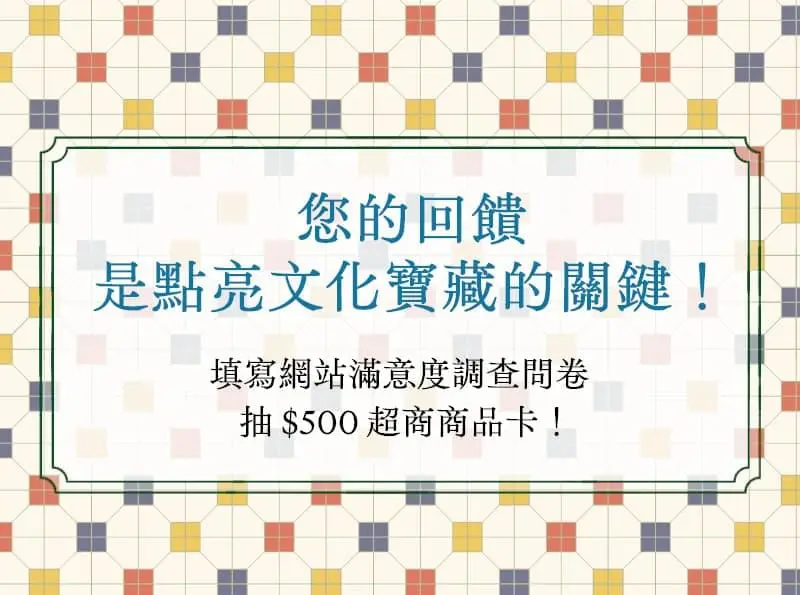蘆竹五福宮,俗稱「南崁元帥廟」,此廟見證了蘆竹的開發歷程。建築裝飾方面有精緻木雕、石雕與交趾陶作品;雖為閩式風格廟宇,廟埕上卻有一聖蹟亭;後殿院落中還有一個「使者公穴」,為一間歷史悠久、供奉武財神的廟宇。
蘆竹五福村,在清代屬凱達格蘭族「南崁四社」中南崁社,是漢人在桃園最早開墾的地區。相傳1661年鄭成功的軍隊征伐臺灣北部時遺留了「玄壇元帥」的香火,被視為神蹟而搭建茅廬奉祀;康熙末年,有廣東嘉應人在此與平埔族人從事交易;到了雍正年間,閩籍的漳、泉移民陸續湧進,這一帶也就漸次開闢,形成聚落。
乾隆10年(1745),地方信眾捐資,將茅廬改建成為「玄壇廟」(又稱「元壇廟」)。此後歷經多次改、擴建及重修,增建了聖蹟亭,到大正13年(1924)冬重建,並更名為「五福宮」。
五福宮格局縱深狹長,第一進是三川門,次為正殿及後殿,主體建築之間以天井與迴廊兩側山牆共構,成為三進式的院落。面闊三開間,基本構造為「硬山擱檁式」,有短小肥碩的趖瓜筒與垂花吊筒、不少螭虎圖案的造型、八角斗與方斗有眼斜唇底等,工法形式特徵類似漳籍匠師在臺修的廟宇。
聖蹟亭為兩層磚造四角亭,兩側仍保留著當時捐獻者的石碑,具有歷史價值。
一年當中較重要的祭典為農曆3月16日「玄壇元帥」的聖誕法會,會在前一天舉行繞境;此外,7月15日中元普渡,前晚舉辦「放水燈」儀式,也是一年當中的盛典

.jpg)
.jpg)
.jpg)








